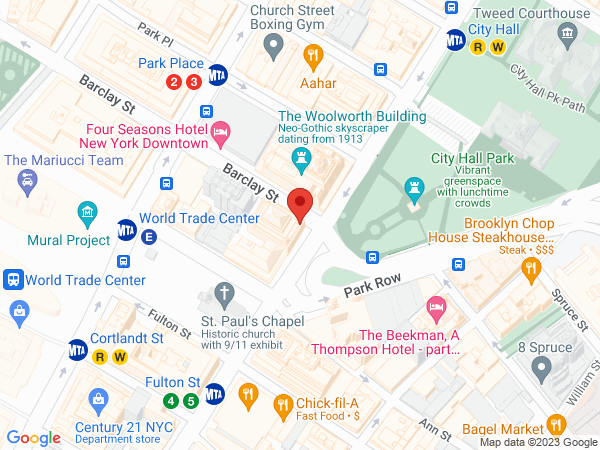Abbott Lab

Location and Contact Information
Principal Investigator
The Abbott Lab delves into computational neuroscience, exploring neural coding, perception, and learning. They employ mathematical models and experimental data to understand the brain's complex mechanisms underlying cognition and sensory processing, shedding light on how the brain encodes and processes information. Dr. Abbott's work at the intersection of theory and experimentation offers valuable insights into neural function and behavior.
Select Publications
Stern M, Sompolinsky H, Abbott LF. (2014). Dynamics of random neural networks with bistable units. Phys Rev E Stat Nonlin Soft Matter Phys. 90:062710.
Aso Y, Hattori D, Yu Y, Johnston RM, Iyer NA, Ngo TT, Dionne H, Abbott LF, Axel R, Tanimoto H, Rubin GM. (2014). The neuronal architecture of the mushroom body provides a logic for associative learning. Elife. 3:e04577.
Le Masson G, Przedborski S, Abbott LF. (2014). A computational model of motor neuron degeneration. Neuron. 83:975-988. Erratum in: Neuron. 2014;83:990.
Wayne G, Abbott LF. (2014). Hierarchical control using networks trained with higher-level forward models. Neural Comput. 26:2163-2193.
Fink, A.J.P., Azim, E., Croce, K.R., Huang, Z.J., Abbott, L.F. and Jessell, T.M. (2014) Presynaptic Inhibition of Spinal Sensory Feedback Ensures Smooth Forelimb Movement. Nature. 509:43-48.
Kennedy, A., Wayne, G., Kaifosh, P., Alvina, K., Abbott, L.F. and Sawtell, N.B. (2014) A Temporal Basis for Predicting the Sensory Consequences of Motor Commands in an Electric Fish. Nature Neurosci. 17:416-424.Kato, S., Xu, Y., Cho, C., Abbott, L.F. and Bargmann, C. (2014) Temporal Responses of C. Elegans Chemosensory Neurons are Matched to Behavior. Neuron 81:616-628.

